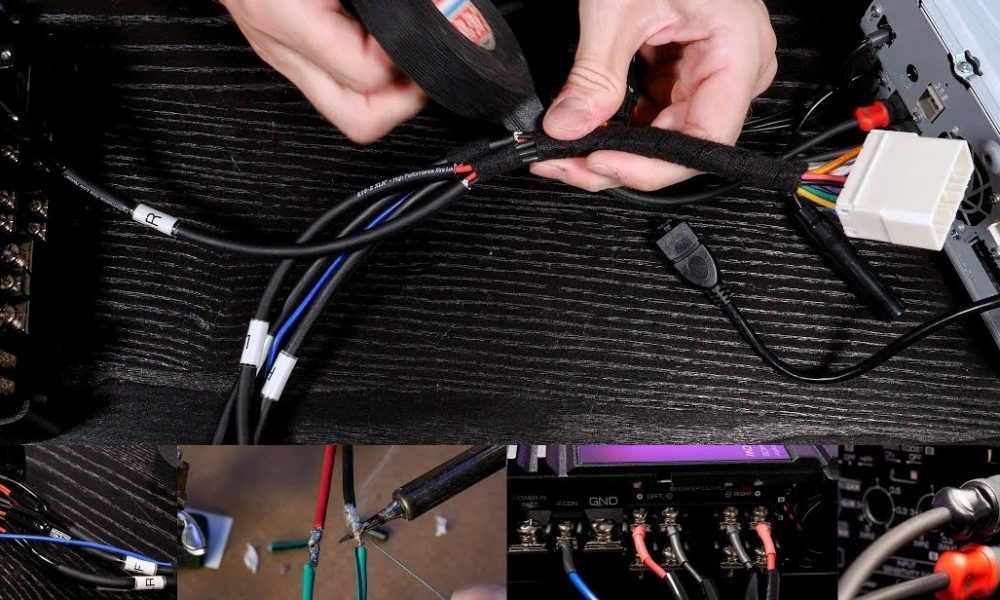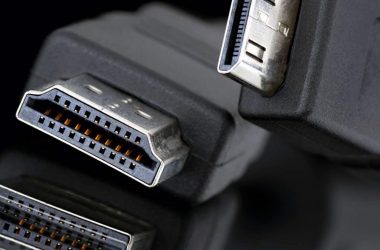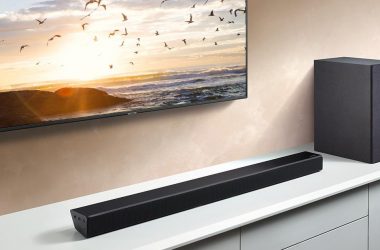Are you looking to set up a new home theater device or speakers? The easiest way to do this is to hire a professional installer to support you.
Nonetheless, you might imagine doing the setup yourself. I will explain the simple setup process and provide some tips to hook up 3 speakers to a 2 channel amp.
Locate this receiver in a position that minimizes the transfer of the speaker cable to each speaker. Choose a place that is not far from your audio or TV source because you need to link the receiver to your source.
It is not too difficult to make connections between your receiver and your TV or DVD player by using a fiber optic cable. But linking your satellite speakers will take a little more effort.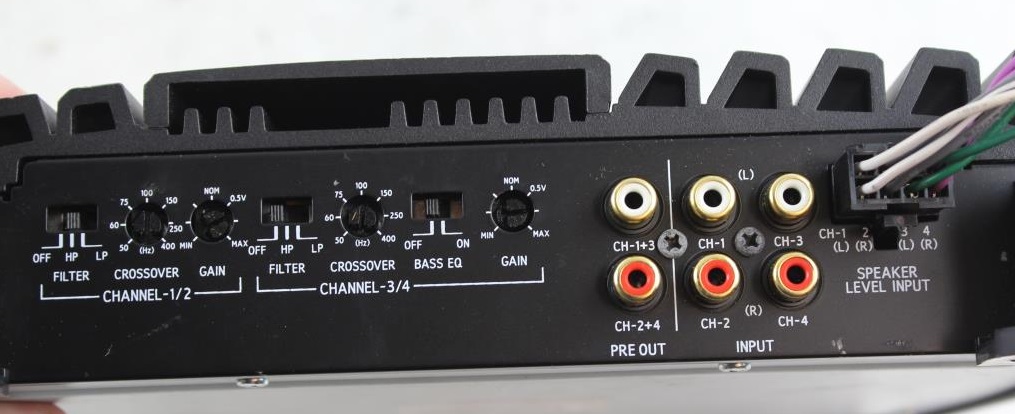
If your speakers are portable, you do not require as many portable mic. Some packages come with wireless headphones, while others have wireless rear headphones.
For all other speakers, start by calculating how much cable you need. You may want to add some additional time for protection. For most situations, you are not going to be able to connect the cord directly to your headphones.
You can need to find rugs, chairs, etc. And make sure you have all of these extra twists in your estimate.
If you are planning to drive a lot of power to your speakers, make sure you pick up a cable that is strong enough to handle the current load.
Your subwoofer would normally be an engaged woofer. This ensures that a low-level audio signal should be acknowledged. You can wire 3 speakers to a 2-channel amp.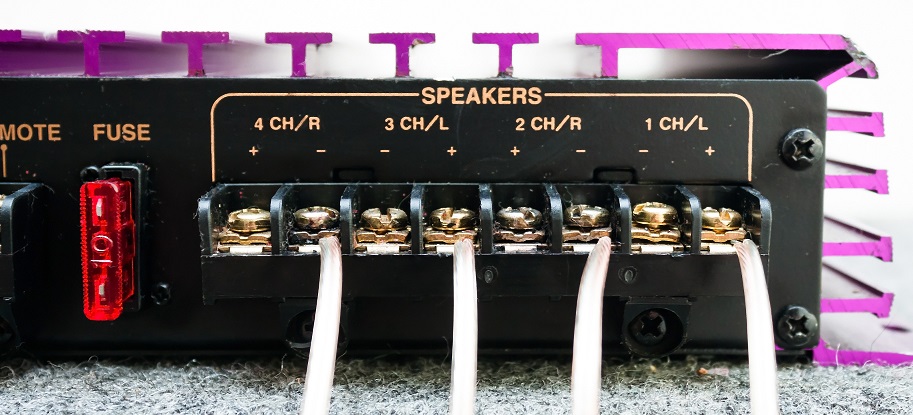
Satellite speakers each connect through a speaker terminal that is normally color-coded to help ensure proper polarity.
Most of the speaker cables will display one strand in a different hue. It is important as it will help to ensure the right polarity of the terminal relation.
Simply add the different-colored string to the colored terminal of the speaker. Once again, note the correct polarity when connecting the cable to your receiver. This is going to hold all the speakers in step.
When you use portable headphones, there may be a brief pause in the audio delivery between microphones, often known as latency.
Ideally, both speakers have the same delay and are in total harmony. When you have wireless and wired speakers, the wireless speakers would be out of step with the wired speakers.
You would then need to interrupt the audio to the wired speakers by tweaking the receiver. The interval would be equal to the frequency of the wireless speakers.

